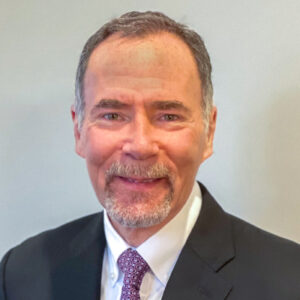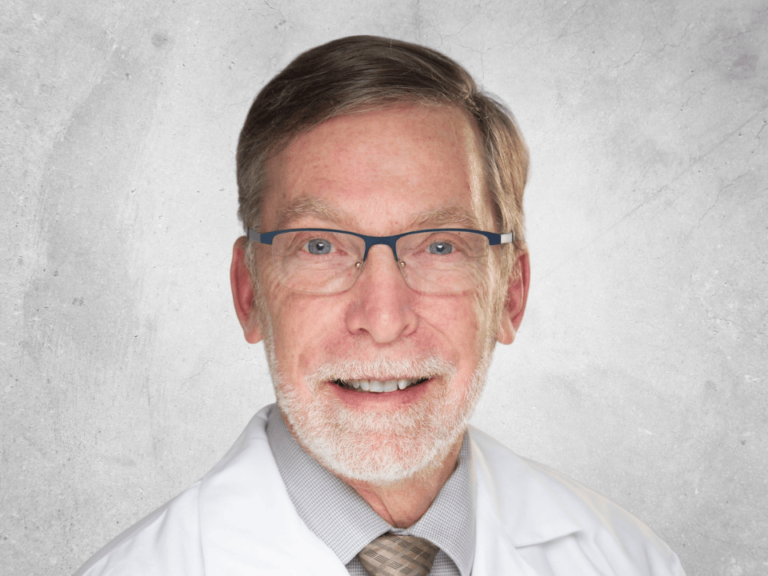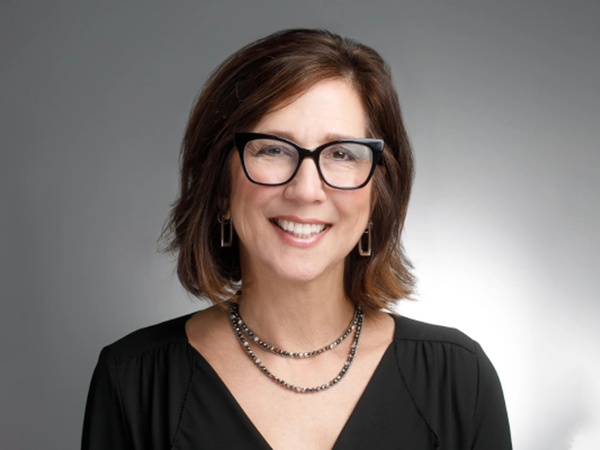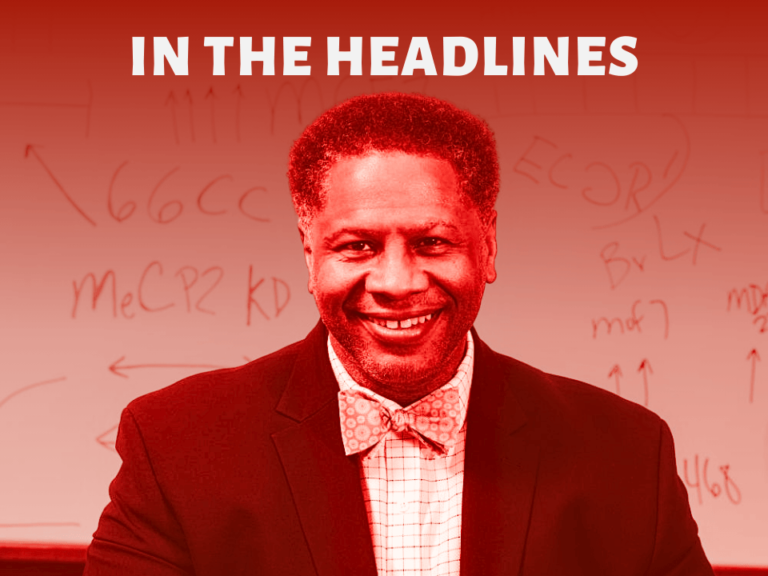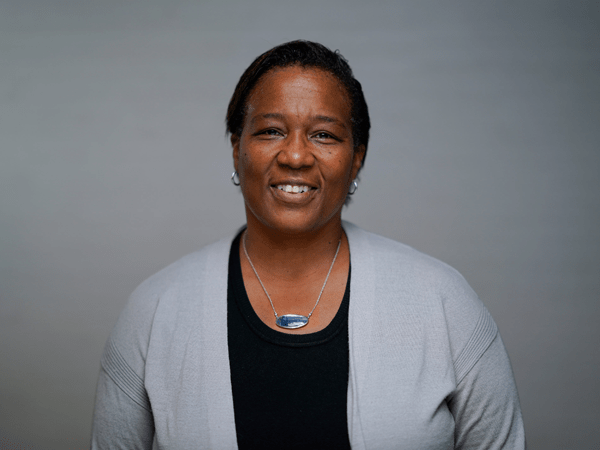In this country, we have museums devoted to natural history, culture, space exploration, sports, civil rights, and all manner of creative expression. But surprisingly, one of our nation’s most important human endeavors—the quest to translate scientific discoveries into medical advances—lacks a national venue that captures the drama of its story.
It is one of the most important stories that we as a society can tell, and it’s one the American public desperately needs to hear.
The United States has made contributions to science and medicine that rank among modern history’s finest achievements. But when it comes to scientific literacy, we lag behind many other developed nations (Highlights of U.S. PISA 2022 Results Web Report, NCES 2023-115 and 2024-113).
Making matters worse is the fact that the public’s distrust in science is growing: between 2019 and 2023, the proportion of Americans who stated that they had “little or no trust in scientists working in the best interests of the public” more than doubled—from 13 to 27% (Pew Research Center, November 2023). This is a growing crisis, and action is warranted to present the world of medicine and health in a new and more effective way.
There are dozens of medical-themed museums already in existence around the world. The problem is that most focus on a specific topic, such as tropical diseases or military medicine, or are built around a specific collection of artifacts, like ancient anatomical drawings or surgical instruments. For fields as dynamic as biomedical research and modern medicine, it is incredibly ironic that the experience is such a static one: reading descriptions of items presented behind glass.
We envision a new kind of venue—a place that doesn’t just recount the achievements of the past, but uses immersive and interactive displays to animate the past, capture the present, and imagine the future: the Museum of Medicine and Biomedical Discovery.
Here, visitors will be taken on a journey that will help them understand how different their lives are from those of their parents and grandparents thanks to medical advances of the past 100 years. For example, in the “Medical Advances That Change the World” exhibit, visitors will be met by a hologram of a young girl from 1920 who happens to have Type I diabetes. She describes, in her own words, the struggles she faces on a daily basis, the fear she has that she may suddenly fall desperately ill because her blood sugar rises too high or falls too low.
As that hologram slowly fades away guests enter a room where they are virtually transported to the laboratory of Frederick Banting and Charles Best, where they see them reviewing data with great excitement. After a few seconds, the avatars turn toward the guest and walk them through the data they’re so excited about: the discovery of a substance that can normalize elevated blood sugar, insulin.
As they progress through the exhibit, visitors would learn about the extraordinary efforts made to purify and scale up production of insulin to meet the needs of thousands of people with Type I diabetes.


Credit: Museum of Medicine and Biomedical Discovery
They would move through the exhibit and see how the development of recombinant DNA “gene cloning” technology in the 1980s enabled large-scale production of an exact replica of human insulin. At the end of the exhibit, a second hologram of the same young girl would appear but now in the present day. She is strong and active, able to do all the things of a typical 10-year-old, thanks to the small glucose monitor and insulin pump she is wearing.
But that’s not the end of the story. Before visitors leave the exhibit, they will see and hear about the challenges that researchers are currently tackling to better understand the causes of, treatment for, and prevention of Type I diabetes. There are many other great stories that can and will be told in this exhibit using interactive technologies to make the stories compelling and memorable.
This is just one way to introduce visitors to a much larger, more complicated, and wondrous landscape.
Few people outside our profession realize how thrilling biomedical research can be. “The Magical Moments of Discovery” exhibit will enable researchers themselves to describe the moment when they saw the data from an experiment, the results of a clinical trial, or a patient in clinic and realized the field would be forever changed by this result. “How Do You Make That, Fix That, or Do That?” will showcase the impact of technology on science and medicine. This exhibit will provide a showcase for some of these advances, from the evolution of limb prostheses to robotic arms, to the impact of molecular biology on the creation of new classes of medicines, to how artificial intelligence is being applied to identify new drug targets and completely new classes of medicines, just to name a few.
These are just some of the exhibits and experiences that would be offered at the museum.
The museum will also address the problem of young people who feel that a career in science or medicine is simply unachievable. The “Why I Love What I Do” exhibitwill consist of a series of kiosks deployed throughout the museum. Interactive videos will enable individuals drawn from a wide array of backgrounds, ages, races, ethnicities, and accents to speak and interact directly with a visitor.
They will provide a virtual tour of their workplace, describing and showing visitors exactly what they do, how it advances knowledge or helps people heal, why they were drawn to the field in the first place, and why they love what they do.
Our goal is not just to educate and inform but to inspire visitors.


Credit: Museum of Medicine and Biomedical Discovery
In just two years, with the help of a growing team of dedicated individuals, we have made significant progress toward bringing this museum from concept to reality. Receptions in several potential host cities have been met with tremendous enthusiasm and support for the museum.
We have engaged one of the world’s leading museum design firms to help us envision what a physical space would look like. We have begun work on creating a pop-up/traveling exhibit that will allow us to field test exhibits and kiosks and incorporate visitor feedback into designing the museum. Our goal is to have a pop-up museum ready by the end of 2025 and a bricks-and-mortar museum open before the decade is out.
Gaining the trust of a potentially skeptical audience will be a critical factor in our success and in restoring trust in science and medicine. One way of doing that is for the museum to be supported by individuals and foundations rather than commercial entities, especially those that may be seen as potentially benefiting from what is presented or how it’s presented. The Museum of Medicine is committed to being independent of commercial interests.
We realize that this is an ambitious goal. But the approaches currently being taken by industry, academia, and government haven’t been effective in stemming the erosion of trust in science and medicine. We cannot and should not let this continue unabated.
A new approach is needed, one that will create a place where every individual who visits the museum—either online, through a traveling exhibit, or by visiting the museum itself—will come away feeling “I know. I trust. I can imagine myself.”
To learn more about the Museum of Medicine and Biomedical Discovery, please visit our website.
Mace Rothenberg is CEO and president of the Museum of Medicine and Biomedical Discovery. A clinical and translational researcher in oncology, he had a 20-year career in academia at the NCI, the University of Texas Health Science Center at San Antonio, and Vanderbilt University Medical Center. He then moved to Pfizer where, over a 12-year career, Rothenberg was chief development officer for oncology and subsequently chief medical officer for the company. Rothenberg’s medical degree is from NYU Grossman School of Medicine.


